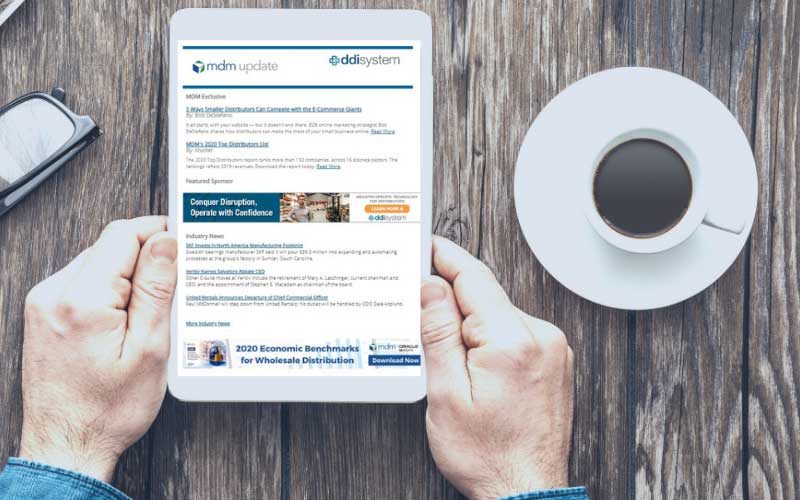Marveling that another quarter close is fast approaching every three months is a grind. Too often, the perpetual scramble to meet sales goals brings high stress to the salespeople responsible for meeting quarterly quotas and the rest of the organization, which depends on the revenue those deals represent.
How can distributors avoid this quarterly chaos? What’s the secret behind consistently meeting sales goals? While market factors, competition, and product changes will always play a factor in deal-making, there are steps distributors can take to hit goals with regularity and grow the bottom line at the same time. It starts with knowing your customers.
1. Deliver optimal pricing.
Price is an important ingredient in closing deals that benefit both buyers and sellers. Price your products too high, and you risk your customers not buying. Price them too low, and the bottom line suffers. Understanding willingness to pay (WTP), or the maximum amount someone is willing to spend on a product, is mission critical. Factors that most commonly influence a customer’s WTP include product quality and features, brand reputation, customization and personalization, availability and lead times, service and support, and supplier relationships.
Numerous strategies exist for calculating customers’ WTP. Marginal WTP shows the different thresholds that are rooted in individual product features. List prices will help illustrate this. To address the other factors that influence purchasing decisions, you can implement surveys and market research and analyze historical transactional data enriched with customer, product, and deal attributes. AI algorithms and automation can combine the data with qualitative research, giving you the best results.
Pricing guidance that includes WTP insights will power the right price at the right time for the right customer, helping the sales team meet their customers where they are, negotiate more effectively, and win more profitable deals.
2. Close higher-value deals.
Salespeople are 14 times more likely to sell to a happy existing customer than a new customer. While you won’t ever eliminate new prospect outreach entirely, cross-sell opportunities are key to growing sales volumes and profits. Fast-food chains inherently know this as they never fail to ask if you want fries with that sandwich.
Successful cross-sell opportunities are created for existing accounts by grouping customers who purchase similarly. Compute the average spend profile by product family for each customer group and then compare the group to an individual customer. Your opportunities lie within the gap. A word of caution, however – don’t try to do this in Excel. The program isn’t built to pull data in from multiple sources, and inevitably, a ‘no results’ will be returned.
AI is a valuable partner in computing good-fit cross-sell opportunities. AI-powered pricing software can perform the customer groupings, do the calculations, and generate opportunities for every customer for your salespeople to follow up on.
3. Shorten the sales cycle.
Slow internal processes contribute to long sales cycles that are frustrating for sales teams and even more so for customers. Automating the quote-to-cash process is one way distributors can speed up the cycle while improving the accuracy of even the most complex product configurations.
The quote-to-cash process is an important part of the overall sales workflow and includes quoting, contracting, invoicing, collections, and renewals. Traditional quote-to-cash methods tend to prolong the sales cycle due to lengthy approval chains, processing delays, and pricing inaccuracies. Configure, price, quote software automates and streamlines these steps for fast, accurate quotes with the right amount of internal visibility.
When the automated quote-to-cash process is fueled with customer WTP insights, the sales team can’t help but produce a winning quote, the first time, every time. The sales cycle is shorter, customers are happier, and it’s possible to make expert salespeople out of junior sales staff.
Few organizations will succeed in permanently eliminating quarter-end sales stress. The business of distribution is full of hits and misses, wins and losses. The savvy companies will take steps to learn their customers’ preferences, coordinate their internal processes and offerings accordingly, and smooth the peaks and valleys into calmer rolling hills.
Related Posts
-
CEO Ted Decker noted a weather-delayed start to spring and continued softness in certain larger…
-
Steven Leavengood will lead supply chain consulting firm Tompkins' business development and sales team.
-
Tim Cantu joins construction equipment distributor Gee Heavy Machinery to oversee its sales team and…






